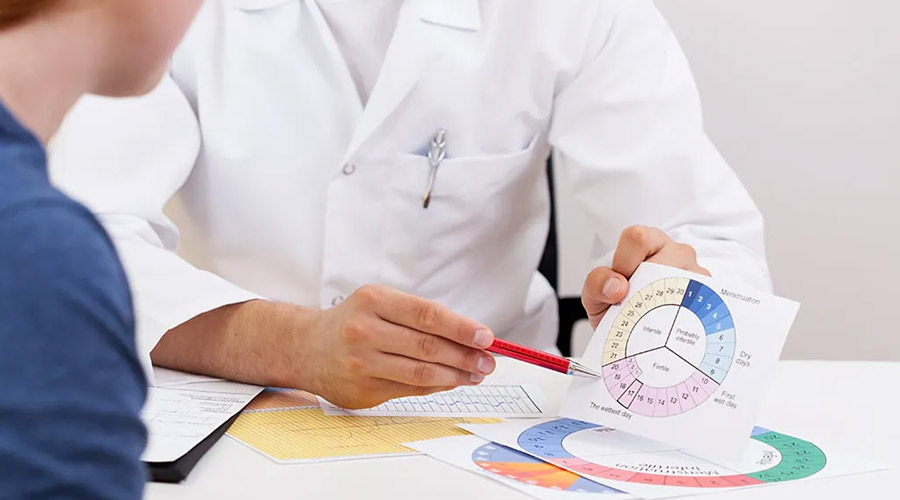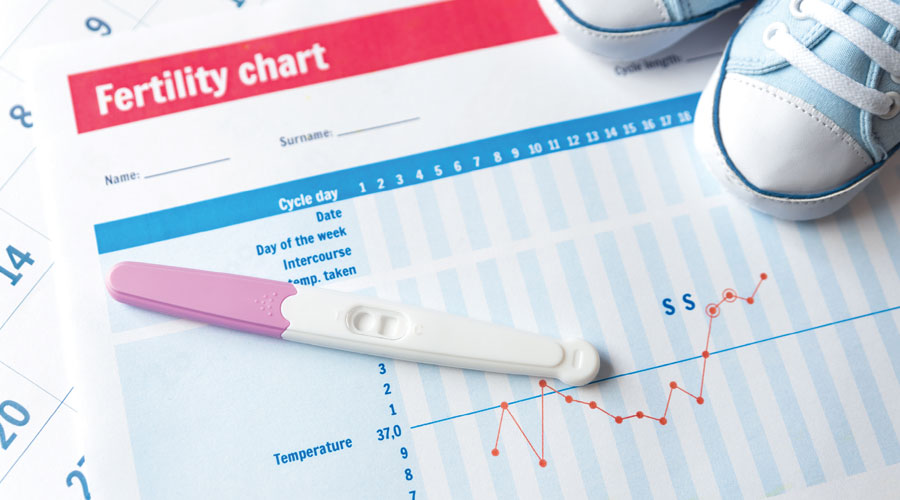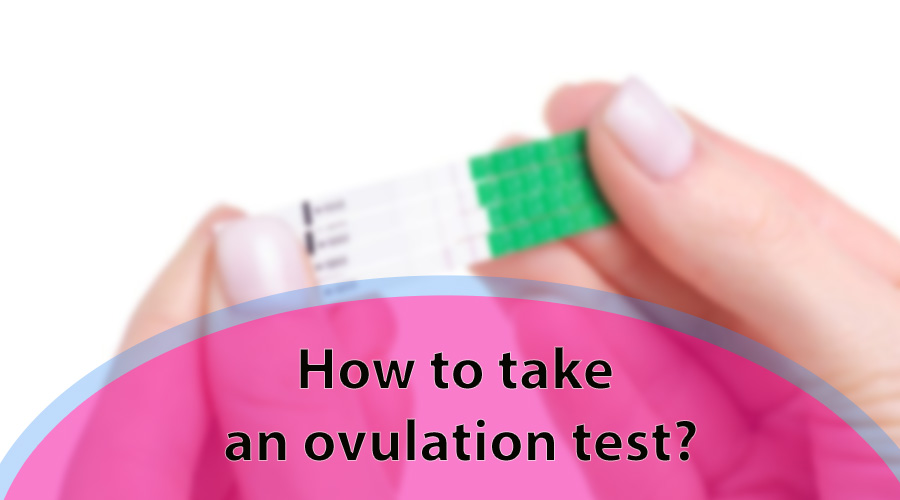An ovulation test is a simple but effective way to predict ovulation or when a woman is likely to become pregnant. By checking the level of the hormone estrogen in a woman’s blood, it can help you determine when she is most likely to be ovulating. Using ovulation predictor kits can help you better understand the trends in your own menstrual cycle — and even identify areas of concern. Ovulation tests are typically easy and fast to perform and are often available without any doctor’s appointment.
Table of Contents
What are ovulation test strips and how do they work?

Ovulation test strips are a common way to check if you are ovulating. They work by detecting the presence of the luteinizing hormone (LH) in your urine. A luteinizing hormone is a hormone that is produced by the pituitary gland in your brain. When you are ovulating, your body will release more luteinizing hormone than usual. Ovulation predictor kits can tell you whether or not you are likely to get pregnant based on the amount of luteinizing hormone in your urine.
The ovulation strips track your body’s production of luteinizing hormone, a hormone that stimulates the ovaries. In the 24 to 48 hours before you ovulate, the amount of luteinizing hormone in your body rises — or “surges,” as doctors call it. This LH surge triggers ovulation when the ovary releases the egg. It’s during this surge, in the one to two days before ovulation, that your body is most fertile. Ovulation strips tell you when you’re in the midst of a surge and, thus, when you should be having sex to maximize the likelihood of conception.
How to take an ovulation test?

There are several different types of ovulation tests available to the public, and they can all be administered in a number of ways. Here are steps on how to self-administer the test and how to determine results.
- Collect your urine.
- Dip the strip into the urine for 3-5 seconds.
- Lay the strip flat.
- Read results in 5 minutes.
If you would prefer taking your results to a lab, here’s what you can do:
- Collect a urine sample.
- Pour the urine into a clean container.
- Add 10 mL of potassium chloride (KCl) to the urine.
- Mix well and place in the refrigerator for at least 2 hours.
- Take the sample to the laboratory.
Reading ovulation test line

Positive result or positive (LH Surge) : If two color lines are visible and the test line is equal to or darker than the control line. A positive result indicates the presence of a high amount of Luteinizing Hormone or LH surge. Negative (No LH Surge) : Only one line is visible or the test line is lighter than the control line.
How accurate are ovulation test strips?

Ovulation test strips are a popular way to determine when a woman is ovulating. However, experts say that the strips are not always accurate. Some people may believe that there is no need for an accurate method of determining ovulation, as it can be guessed based on other factors such as cervical mucus. These ovulation predictor strips have been found to be inaccurate in around 25% of cases.
Are there any downsides or risks of using ovulation strips?

There are a few potential downsides or risks associated with using ovulation strips. One potential downside is that the strips may not be accurate, leading to incorrect predictions about when you are likely to ovulate. Additionally, ovulation strips can be expensive, so if you use them only occasionally they may not be cost-effective. Additionally, an ovulation kit can be uncomfortable to wear, so some women may find them inconvenient.
How much do ovulation test strips cost and are they covered by insurance?

There are a few different types of ovulation test strips on the market and each one costs a different amount. The three most common types of ovulation test strips are urine-based, blood-based, and saliva-based. Urine-based tests are the cheapest and they are typically covered by insurance. Blood-based tests are more expensive but they are also more accurate. Saliva-based tests are the most expensive but they are also the most accurate.
Inference
In conclusion, ovulation tests are a great way to help couples conceive because they allow you to track your ovulation cycle and determine when you are most fertile. By following the simple instructions above, you can take an ovulation test with ease and accuracy.
FAQ
When should I take an ovulation test?
There are many questions that you may have about fertility and ovulation, but when should you take an ovulation test? The answer to this question depends on your individual situation.
If you are trying to conceive, then taking an ovulation test every other day is a good idea. If you are not trying to conceive, then you may want to wait two weeks after your last menstrual period before taking an ovulation test.
What is the best way to take an ovulation test?
There are many different types of ovulation tests available on the market. Some are more accurate than others, but all of them work similarly. The two most common types of ovulation tests are the home pregnancy test and the ovulation predictor kits. Both of these require you to take a sample of your vaginal fluid and send it to the lab for analysis.
What should you not do before the ovulation test?
There are a few things you should not do before your ovulation test in order to get the most accurate result. Avoid vigorous exercise the day of the test, eat large meals, drink alcohol, and take medications that can interfere with an ovulation test. Here are more tips before you can begin testing.
- If you are pregnant, do not take the test.
- If you have recently had sexual intercourse, do not take the test.
- If you have a fever or other signs of infection, do not take the test.
- If you are taking any medications that may interfere with the results of the test, consult with your doctor before taking the test.
When should I start using ovulation strips?
Women have been using ovulation kits for over 50 years to help determine when they are most likely to conceive. While there is no one definitive answer, typically women should start using the strips around day 14 of their cycle. However, as with all methods, it is important to consult with a healthcare professional to get an accurate reading.
How long after the positive ovulation strip do you ovulate?
If you have taken a home pregnancy test and it came back as positive, you can assume that ovulation has occurred. However, the time frame for ovulation varies from woman to woman. Ovulation typically occurs 24-36 hours after the last menstrual cycle.
